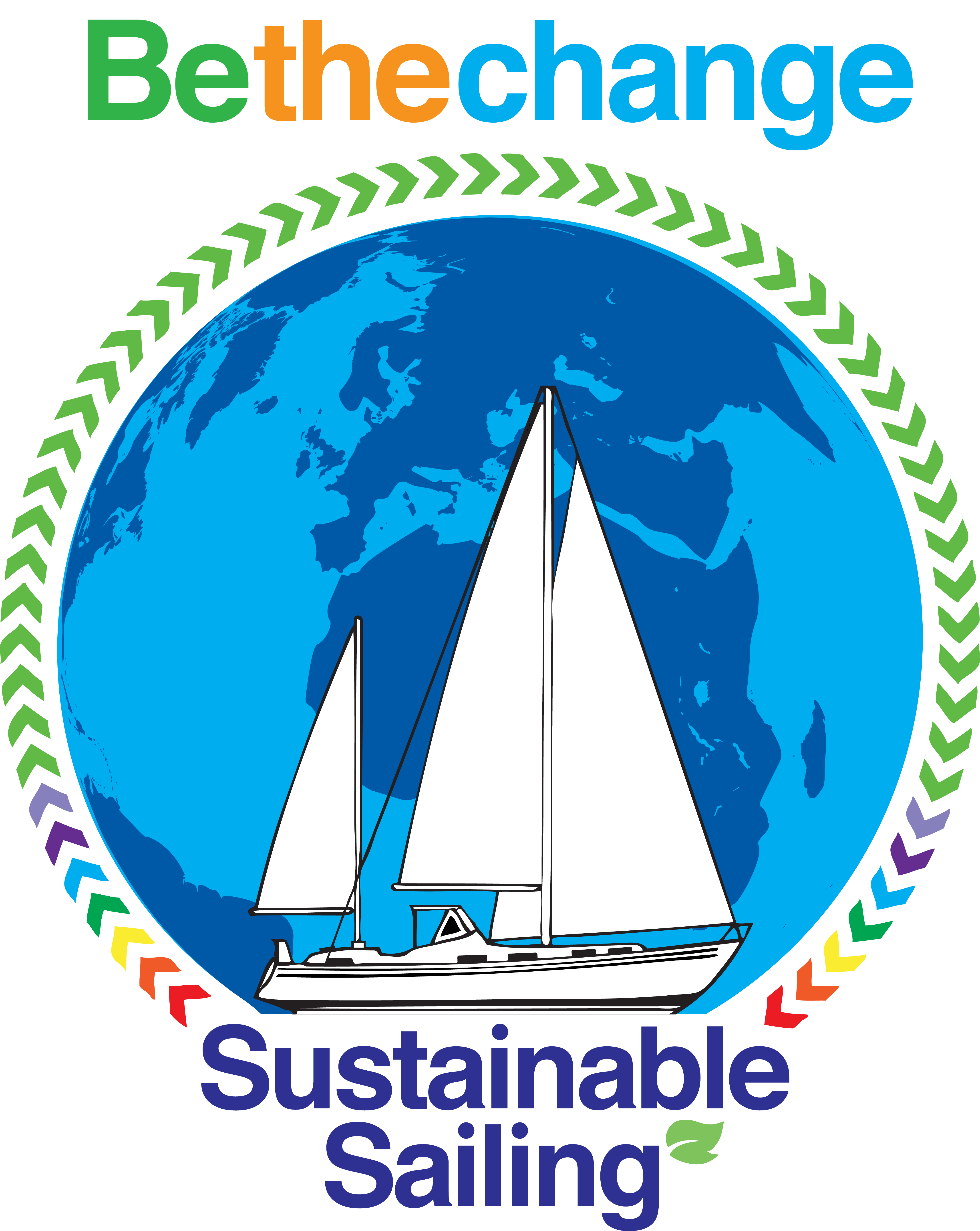Month: May 2021
-
Open plan Rival 38 (temporarily so)
I’ve done a first rough cut back of the forward wardrobe as you go into the aft cabin. I’ve also removed the, mouldy, ply lining (to allow us to add insulation) and the ply trip to the underside of the side deck (access to the nuts for a stanchion base – I’m really against having…
-
Confusing earth wiring
When buying Vida, our surveyor included concerns about the earth. We knew that the engine was “earthed” by a jump lead to the stern tube (and the jump lead was very rusty). I’ve just found these wires connected to the anode that is bolted through the hull. Quite a collection! We have green/yellow, back, blue…
-
Diesel gets everywhere!
One of less pleasant things we originally found on the boat, when we bought her, were some incontinence pads. We thought they were there to catch water from leaks (we found that mostly these were from the windows, but also some from mooring cleats and other deck fittings). However, I’ve just removed some plywood that…
-
Being fussy about beds
This morning my fussiness about beds surfaced and is causing more work. I like my beds level and I like them not to creak 😊 The aft cabin was failing on both counts. As we thought about it we decided that the best option was to remove all the subdivisions for small lockers and put…
-
Progress on Visit 5 in 2021 (part 2)
So today has been focused on the aft cabin and aft heads. Some demolition see my earlier post. However, we have got a long way with test dry fitting of posts and bulkheads. So here is the view from the foot of the new bed showing the new headboard giving the longer section, also the…
-
Today’s learning about glue and 3D
My grateful thanks to the person at Southern Boatbuilding Company in the mid 1970’s who used less glue to attach the formica laminate on some bulkheads in the aft heads. To their colleague, I’m able to let you know that your copious glue would have survived ww3! As we work our way through a destruct,…
-
The destruction continues
So far today we’ve been cutting away more from the bulkhead to the aft heads. Not much privacy at the moment 🤣
-
If you have to do work in a boatyard then …
—
by
We recommend one where you can have views like this from your cockpit Or these as we took a gentle walk to Beaumaris at low tide (it was about 0.6m lower a couple of days ago). While we are doing this refit it does mean we have a holiday home in a very beautiful place…
-
Progress on Visit 5 in 2021 (part 1)
So we are here for part of half term, arrived on Thursday evening and have had one of our sons staying with us for a couple of nights. So we took some time off (as Jane is still recovering from Laryngitis she needed it). Then this afternoon we did a full tidy up of all…
-
Passed 10,000
I had a notification this afternoon that we have now passed 10,000 views on Sustainable Sailing 😊 Lots more to come as we prepare for launching in March next year.
